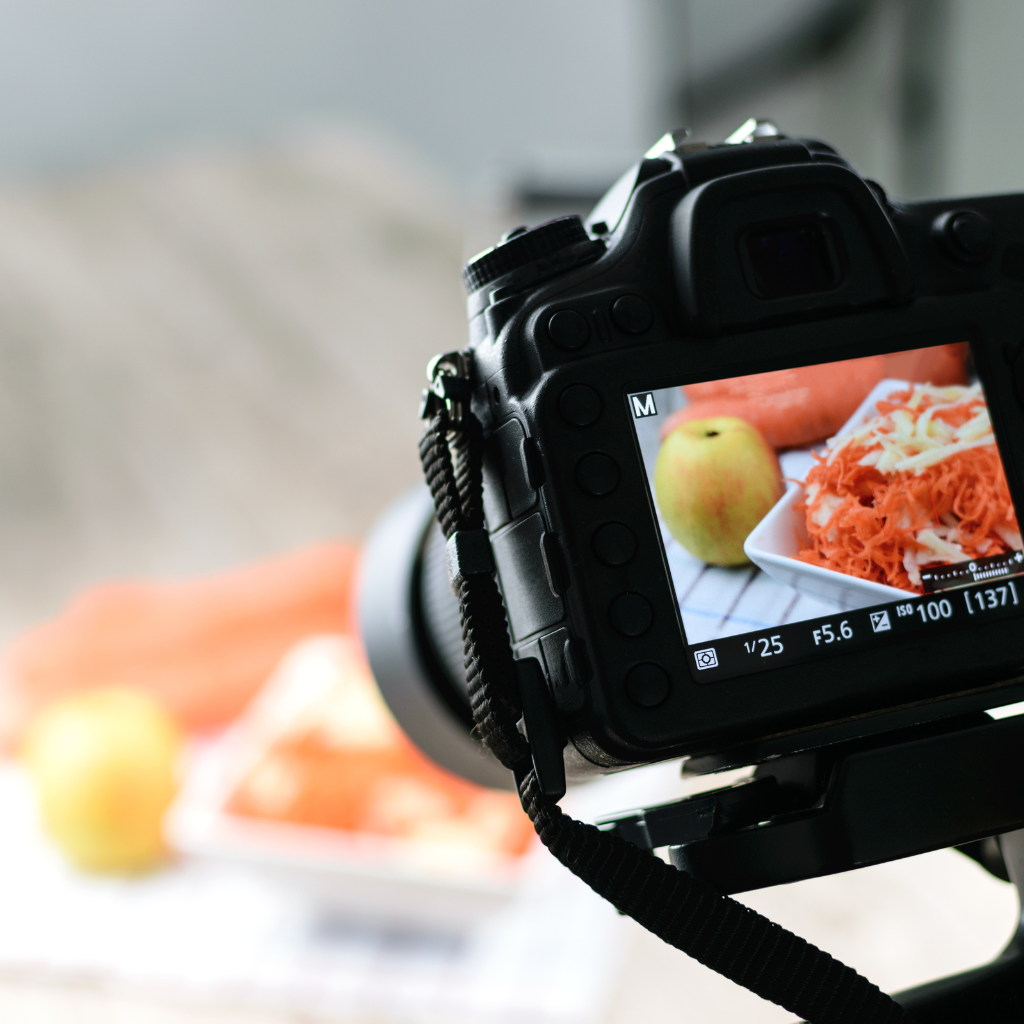Why is lighting essential in photography?
by siteadmin

Learn how to light your camera properly, whether you use natural or artificial lighting.
Lighting is one of the most important factors in creating beautiful and professional photos. Lighting can affect the colors of your images, the mood, the setting, and even how you see them.
Brightness
A properly-lit image can convey lots of information about its subject and surroundings. This is why it's important to learn how you can control your lighting.
Brightness and Contrast, or contrast and brightness, are two of the most important light adjustments you can do to your pictures. When you adjust brightness, it affects the entire picture. It makes them lighter or blacker.
Contrast only affects darkest and brightest areas of your picture. Adjusting contrast will make the smaller areas of an image stand out. It will also give the picture a more vibrant feeling.
There are multiple ways to adjust brightness, contrast and saturation in your images. The Brightness sliders and Contrast sliders can be found in most editing applications. It's a good thing to experiment and find the best balance for each image.
Contrast
Contrast can be a powerful tool in photography. It can help to draw attention, create dramatic or emotive effects, and attract viewers. It can also add depth and textures to images.
To achieve contrast, photographers use different techniques. Photographers can use strong light, bright colors or textures, black-andwhite photographs, or high-contrast areas.
Using software, they may also choose to increase or lower the contrast of their photographs. This is called Micro-Contrast, and a good way to highlight details within an photo.
When using contrast to enhance an image, photographers must remember that it needs to be done in a well-balanced way. A photograph that is too contrasted can be confusing or jarring.
Shadows
Shadows can be formed when an obstruction blocks the light. These objects may be walls, furniture or electrical appliances.
A non-opaque, transparent object can also be used to create shadows. These objects can also be tilted and moved to create a variety of shadows.
When photographing dark shadows it is best to use the manual exposure mode. It gives you more control. You could risk washing your shadows out and making them look too light.
It is possible to reveal the form of an object using shadows. This can either be done outside during the daytime or indoors, using a lamp and off-camera flash.
Another common use for hard shadows is establishing balance. Hard shadows work better because their edges are defined and can help create more interesting forms.
Mood
Moods, or emotional states, are the emotional feelings that people experience. These emotions can be intensely positive or very negative. They are influenced not only by time but also context.
Choosing the correct lighting can help create a certain mood. It's important to consider how the light is being reflected, emitted and positioned in the photo.
Color is also important in determining mood. Muted colors may evoke sadness, whereas brighter, more vibrant colors evoke joy.
Composition can contribute to mood, especially if it is symmetrical. A cluttered image with lots of white space will send an entirely different message to the viewer as compared to one that is focused and organized.
Other factors which evoke mood are facial expressions, body languages and the way the elements are arranged on the photograph. The choice and angle of the camera can also impact mood. For example a low-angle camera gives a subject more prominence than a high angle.
https://www.littlewolfcollective.com/
product photography los angeles
Learn how to light your camera properly, whether you use natural or artificial lighting. Lighting is one of the most important factors in creating beautiful and professional photos. Lighting can affect the colors of your images, the mood, the setting, and even how you see them. Brightness A properly-lit image can convey lots of information…
Recent Posts
- Beepothecary Introduces Nature’s Finest Wellness Products: Bee Bread, Elderberry Syrup, and Creamed Honey
- Beepothecary Introduces Nature’s Finest Wellness Products: Bee Bread, Elderberry Syrup, and Creamed Honey
- Revolutionizing Heating Solutions with Expert Oil to Gas Conversions
- Revolutionizing Digital Marketing for Long Island Businesses
- Rochester NY Sealcoating: Leading the Way in Driveway Sealing and Paving Services
